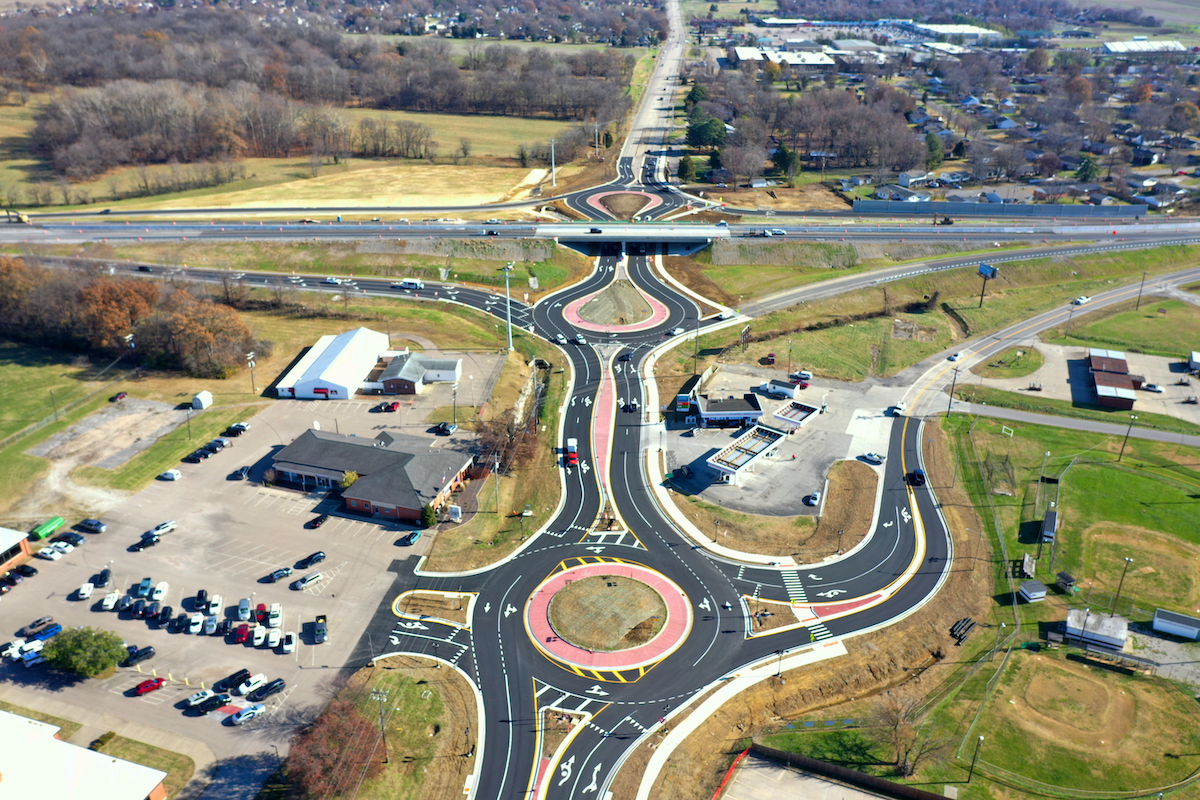The update modifies the city’s 2012 consent decree with the EPA, which established a plan to reduce CSOs by 2031. Phase I improvements, combined with the city’s Smart Sewer System, successfully decreased overflows, creating an opportunity to reevaluate Phase II strategy to optimize efficiency and cost. Phase II was projected to cost more than $713 million.
“Thanks to the expert guidance of the Stantec-led team, this modified plan will result in significant savings for ratepayers and enhanced environmental impacts,” said Kieran Fahey, Long Term Control Plan Director for the City of South Bend. “Among the community benefits will be the capability to capture and treat 99.6 percent of combined sewage generated during wet weather events, up from 89 percent.”
With expertise in combined sewer network modeling and analysis, CSO management strategy development, and regulatory agency coordination, the Stantec team has supported the City of South Bend in this reassessment since 2015. Stantec, along with subconsultants American Structurepoint, LimnoTech, and Xylem, worked with the city to understand critical affordability constraints to develop a tailored solution that optimizes existing infrastructure while implementing advanced monitoring and controls.
“Through an integrated project team with strong local knowledge, water quality modeling expertise, and proficiency in real-time monitoring and analysis technologies, we’re thrilled to deliver an incredibly nimble and advanced overflow management solution,” said Joe Johnson, Stantec Vice President. “This cost-effective approach will continue to meet the critical water quality goals of the Clean Water Act, as well as the financial goals of the City of South Bend.”

| Your local Leica Geosystems Inc dealer |
|---|
| Laser Specialist inc |
Key in the Stantec team’s plan was providing the city with operational flexibility in their system to address system performance for a range of rain events. This was accomplished through a plan that adds treatment plant capacity, strategically-located storage facilities, targeted conveyance improvements, and real-time controls — all supported by a comprehensive hydrologic/hydraulic system model for a more accurate representation of system flows and weather impacts. This updated model represents nearly 120 miles of sewer serving approximately 10,000 acres of combined sewer service area, plus an additional 20,000 acres of separate sewer area.
Planned improvements integrate gray and green infrastructure with advanced technology to mitigate overflows, including:
- Expansion of the Wastewater Treatment Plant capacity to 100 million gallons, including a two-million-gallon equalization basin
- Three new Retention Treatment Basins with a combined volume of over 10 million gallons
- Nearly four miles of large diameter conveyance improvements
- Targeted green infrastructure including sewer separation, green alley improvements, and rain barrel programs





































































